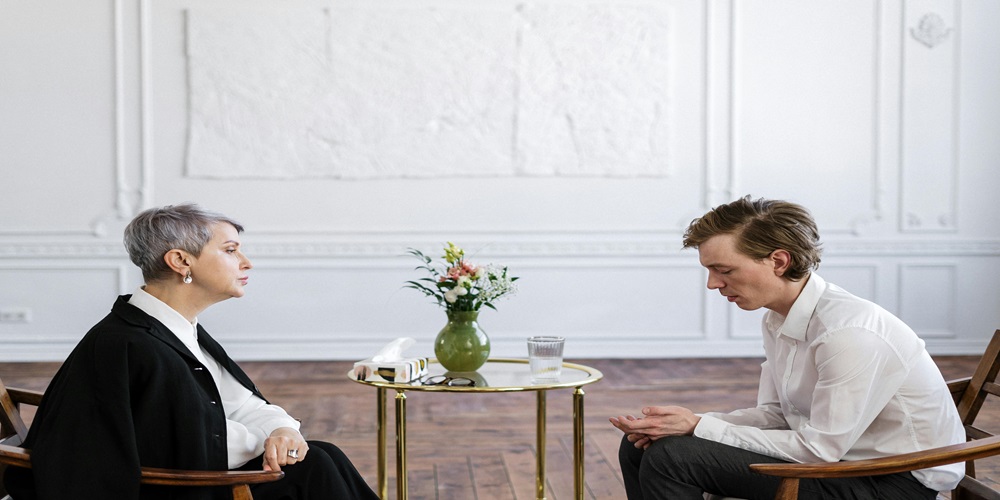Our faces talk a lot, even on screens, during online counselling. Think of it like a secret language that helps counsellors and people communicate to each other. It’s not just about words – our faces show how we feel. This hidden language is crucial for building trust and handling emotions online. Most talks happen on screens nowadays, such as marriage counselling online. Knowing this silent language helps to make online counselling helpful.

1. Therapeutic Alliance and Empathy
Therapists show genuine concern through their facial expressions. This is because it helps create a solid bond with the person they are counselling. This connection is essential because it builds trust. Imagine talking to someone who looks like they understand and care – it makes you feel safe, right?
It’s like building a bridge of trust and understanding. Facial expressions are significant here, like a nod or a comforting smile. When a counsellor’s face reflects empathy, it makes the person they are helping feel safe and understood. This connection sets the stage for a trusting relationship vital for effective counselling.
2. Nonverbal Communication
In counselling, communication is not just about words. Facial expressions are like a silent language that speaks volumes about how someone feels. For therapists, paying attention to these expressions helps them understand their clients. They can understand the feelings they are going through. It’s like having an extra tool to ensure they offer the proper support by reading the unspoken feelings.
Therapists use these cues to understand the emotions beneath the surface. They use this to respond in a way that genuinely supports the person they are helping. It’s like having extra clues to ensure the support is exemplary.
3. Facial Feedback Hypothesis
You can quickly notice that your mood can change when you smile. One facial feedback hypothesis says our facial expressions usually show our emotions. Therapists can use facial expressions to deal with their feelings in counselling. So, a small smile from the therapist can sometimes make a client feel a bit happier.
4. Virtual Counseling and Facial Expressions
With technology, counselling has moved online. Now, therapists can change how their face looks during video sessions using virtual reality. How the therapist’s face looks can show how the client feels. It’s like bringing the power of facial expressions into the digital world to make online counselling more effective.
5. Cultural Considerations
Being sensitive to how people use facial expressions helps counsellors communicate better. It also helps them to understand what their clients are going through. Different people from different places express emotions in various ways. What might be a friendly expression in one culture might mean something else in another. So, counsellors need to be aware of these differences.
Conclusion
In short, facial expressions in online counselling are important – quietly doing a big job. They build trust and help us understand emotions without words. They can influence feelings, work in the virtual world, and must be considered across different cultures. Understanding these aspects makes online counselling work better for everyone involved.
